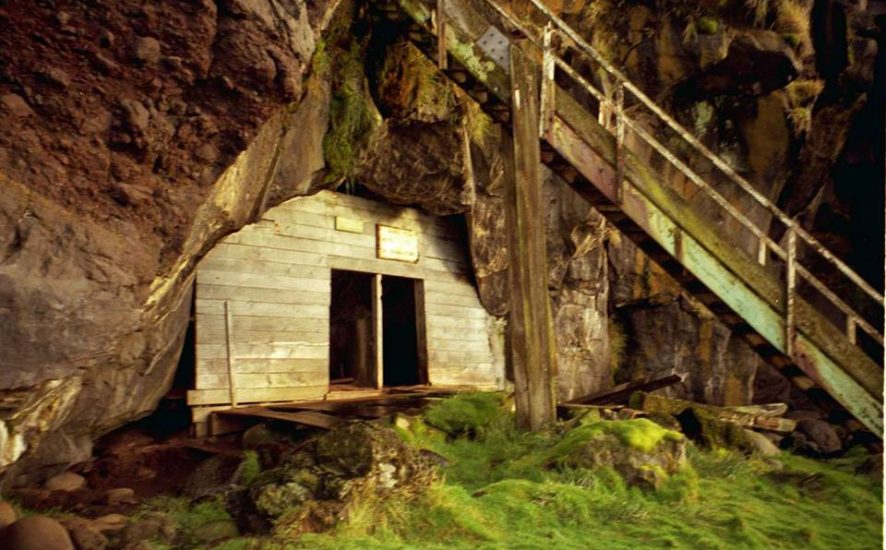Look towards East Cape from the new base at Marion Island and you will see the scattered buildings of the old base awaiting demolition and removal, except for the old Marine Mammal Laboratory on top of White-chin Ridge, which, it has been suggested, should be kept to house an island museum as the oldest building on the island. Erected in the mid-1950s it originally housed diesel engines to generate power for the base, replacing the original power shack erected in 1948 – now long gone. But there are two older structures on the island that were erected earlier in the decade and still survive, if only in a dilapidated state. These are La Grange Villa and Johnston’s Stairway on Boulder Beach.
La Grange Villa
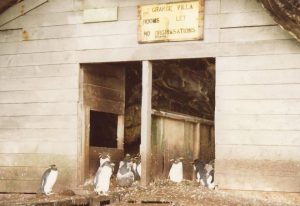
La Grange Villa – it has now lost its nameplate with the added message “Rooms to let no orginasations [sic]”– is essentially the partially boarded -in cave at the back of Boulder Beach in Transvaal Cove. The entrance has a wooden floor and the interior is divided into two sections that, it is believed, were used to house the three domestic pigs that arrived on the H.M.S.A.S. Transvaal in April 1951 and spent a year on the island before being killed and eaten. Behind the boarding names and initials have been painted on the rock face. No longer allowed!

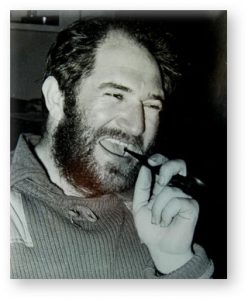
The villa is named after Johannes Jacobus “Hannes” La Grange, a meteorologist who spent the period October 1950 to April 1952 on Marion with the 6th, 7th and 8th Teams. It is likely that the villa was erected early during this period. Occupied by Southern Rockhopper Penguins until recent years (the island population has declined), now only the odd Subantarctic Fur Seal may be found within.
Hannes La Grange returned to the island in 1954 with M11, and later was the first South African to reach the South Pole with the Commonwealth Trans-Antarctic Expedition in January 1958. He then led the First South African overwintering team to Antarctica (SANAE 1) over 1960 to 1962. La Grange deserves more than the villa to commemorate him, such as a statue in Cape Town’s Waterfront to mark a true Antarctic pioneer.
Johnston’s Stairway
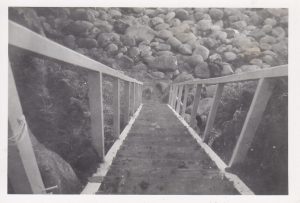
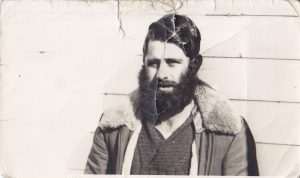
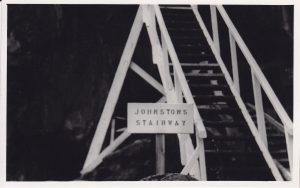

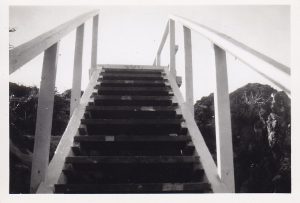
It is not known exactly when Johnston’s Stairway that connects Boulder Beach to the cliff top above was built but the earliest photograph of it found so far must have been taken by April 1952. Repaired and rebuilt several times (most recently in the 1980s) it is only recently that the Antarctic Legacy of South Africa has discovered its name via old team photos. Neither has it yet been discovered who Johnston was. He was not a team member so may have been with a Public Works team that constructed the stairway. It seems rather unlikely he was Lieutenant-Commander James Johnson DSC (spelt without a ‘t’) who captained the Transvaal to the island in April 1951 with members of M7 (and the three pigs).
Johnston’s Stairway is now unsafe to use and has been placed “out of bounds”. If it is allowed to deteriorate further without repair it will surely eventually collapse. A decision is needed how both of these historical structures should be treated; this could usefully form part of an assessment of how (and when) the old base is to be removed.
Feature Photograph: La Grange Villa and Johnston’s Staircase in the 1980s, photograph by Graham Clarke (M39, M40 & M41, 1982-1984)
John Cooper, Principal Investigator, Antarctic Legacy of South Africa, Department of Botany and Zoology, Stellenbosch University, 29 July 2016
This article was first published in The Wanderer, monthly newsletter of the Marion Island overwintering teams, for July 2016

